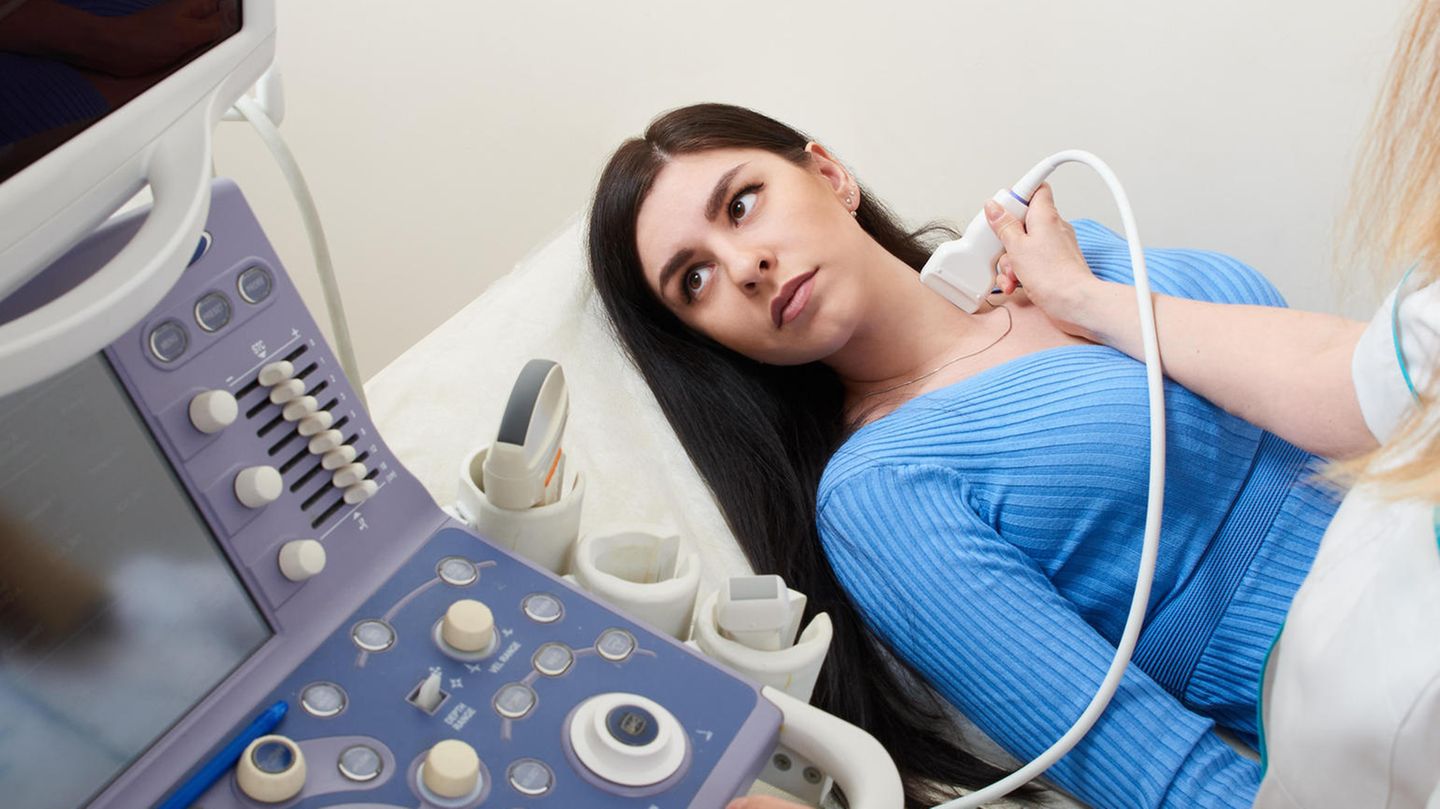I’m Caroline, a journalist and author for 24 Hours Worlds. I specialize in health-related news and stories, bringing real-world impact to readers across the globe. With my experience in journalism and writing in both print and online formats, I strive to provide reliable information that resonates with audiences from all walks of life.
Menu
Thyroid Disease: What Hashimoto Means to Me
Categories
Most Read
Children with a cold: How many infections are normal for little ones?
October 18, 2025
No Comments
Cell Phone Regret: She grabs me and shakes me
October 17, 2025
No Comments
New column “The Feeling of the Week”. This time: cell phone regret
October 17, 2025
No Comments
Time change 2025: Expert explains in video why we are turning the clock
October 17, 2025
No Comments
Patches for frown lines: These products have an anti-aging effect
October 17, 2025
No Comments
Latest Posts

The limitlessness of brass music
October 20, 2025
No Comments
Furious finale of the “Best of Brass Music” weekend – the Folkshilfe (front: Florian Ritt, Gabriel Fröhlich, Paul Lafleur/from left) played with the four finalists:

Second largest economy: China’s economy is growing more slowly – party discusses course
October 20, 2025
No Comments
Second largest economy China’s economy is growing more slowly – party discusses course Copy the current link Add to wishlist With growth of 4.8 percent,

People: “Wicked” director remains humble despite Oscar success
October 20, 2025
No Comments
Lisa HarrisI am an author and journalist who has worked in the entertainment industry for over a decade. I currently work as a news editor
24 Hours Worlds is a comprehensive source of instant world current affairs, offering up-to-the-minute coverage of breaking news and events from around the globe. With a team of experienced journalists and experts on hand 24/7.

